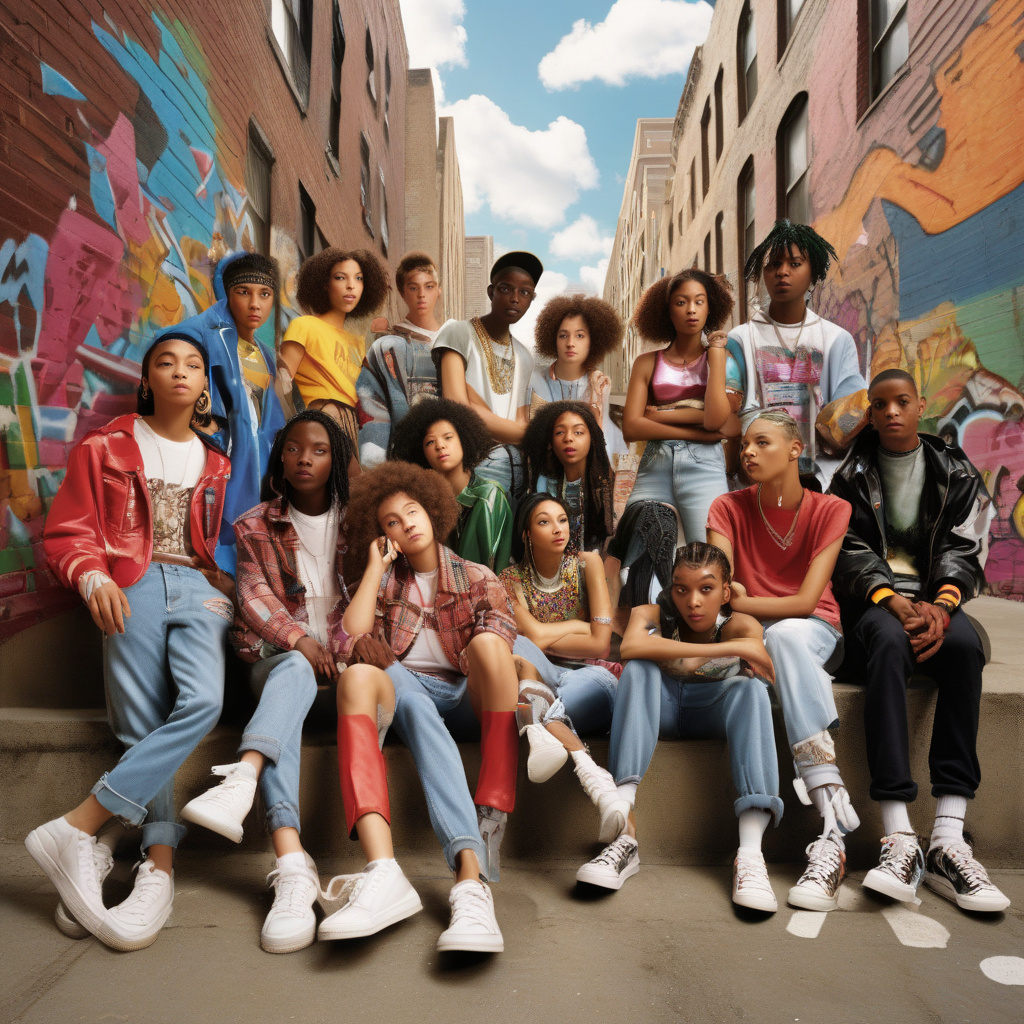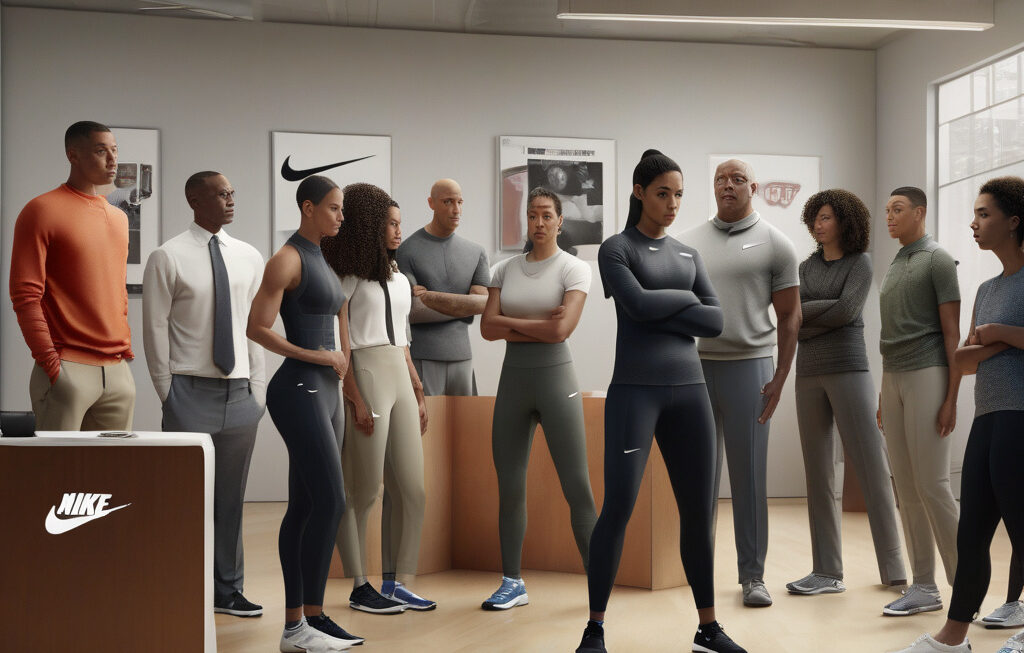The Kicks You Wear: Did Nike Lose the Youth?
Data from a new survey reveals a surprising shift in the realm of back-to-school fashion – Nike, the long-reigning champion of athletic footwear and apparel, seems to be facing a new challenge. For years, the iconic swoosh has been synonymous with youth culture, setting trends and capturing the hearts of young consumers worldwide. However, recent findings suggest that the tides may be turning, leaving many to wonder: has Nike lost its grip on the youth market?
The rise of competitors such as Adidas and Puma has undoubtedly played a role in Nike’s changing position. These brands have been quick to capitalize on the growing demand for athleisure wear, offering fresh and innovative designs that resonate with younger audiences. By partnering with celebrities, influencers, and designers, Adidas and Puma have successfully positioned themselves as frontrunners in the race for youthful consumer attention.
Another factor that may have contributed to Nike’s perceived decline among the youth demographic is the rise of sustainability and ethical consumerism. Today’s young consumers are more socially and environmentally conscious than ever before, and many are actively seeking out brands that align with their values. While Nike has made efforts to improve its sustainability practices in recent years, some consumers may still view the brand as lagging behind its competitors in this regard.
Furthermore, the advent of direct-to-consumer brands and online marketplaces has provided young consumers with a wider array of choices when it comes to purchasing footwear and apparel. These brands often prioritize transparency, affordability, and exclusivity – qualities that can be particularly appealing to younger shoppers who are looking to make a statement with their fashion choices.
Despite these challenges, it’s essential to note that Nike remains a powerhouse in the sports and lifestyle market. The brand’s ability to innovate, adapt, and connect with consumers on a global scale is a testament to its enduring popularity and influence. By continuing to invest in product development, marketing strategies, and community engagement, Nike has the opportunity to reclaim its status as the go-to choice for the youth demographic.
In conclusion, while Nike may be facing increased competition and changing consumer preferences, it is far from being counted out of the game. By staying attuned to the needs and desires of young consumers, prioritizing sustainability and ethical practices, and leveraging its iconic brand image, Nike has the potential to win back the hearts and soles of the youth market.
Nike, the ball is in your court.
Nike, Youth, Fashion, Trends, Athleisure












